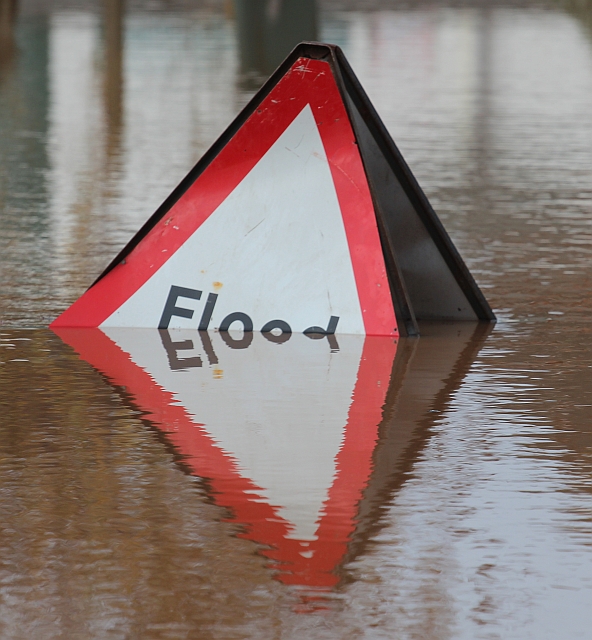
This week I was shocked to see a photograph of a shop mannequin which appeared to be completely emaciated, posted on my friend’s Facebook. The tirade of comments underneath were predictably negative towards the practise of shops promoting unhealthily thin body shapes. On further investigation, the photograph had come from an article in the Daily Mail on the 21st February. The mannequin was displayed in a Whistles store in London. Eating disorder support charities had condemned the store and called for shops to be more responsible for setting standards.
Whilst I personally accept that it is not correct to pin the blame for eating disorders on shops who use unrealistically sized mannequins, I certainly feel that the image of body size and shape that these mannequins promote is dangerous. Having previously spent a considerable amount of time researching body image (a person’s inner conception of his or her own physical appearance) when creating Enhance the UK’s Body Image Workshops, I was shocked by my findings. There is extensive evidence that a woman’s self worth in western cultures depends on their resemblance to the thin youthful image portrayed by the media.
Furthermore boys and men evaluate the worth of their partners, mothers, sisters and friends against this unrealistic image. If this is correct then I myself must be seen as lacking! It would be wrong to assume that the media does not also impact on men’s body image. Research findings have shown that the media also provides external pressure for the ideal of the masculine perfection for boys.
You might be reading this and tempted to say ‘who cares?’ But when looking at the impact of poor body image on adolescents the results were worrying. Body dissatisfaction plays a huge part in the development of a low self esteem. Which in turn can impact on mental health and wellbeing. The consequence of this can be seen in nearly all aspects of everyday life. I apologise if it appears that I have got on my high horse, it’s a personality quirk of mine!
So how is my rant linked to behind the scenes at Enhance the UK, I hear you ask. Well, as I previously mentioned Enhance the UK provides Body Image Workshops. These are delivered by positive disabled role models. The day comprises of 3/4 mini workshops focusing on a variety of topics including self esteem, the media, communication as well as fitness and nutrition. The topics are all bought together in a final assembly. It’s important to stress that the focus of the day is not disability. I was privileged to be involved in the delivery of these workshops at a girls school in Kent.
At times during the day emotions run high but the feedback from all the girls involved was highly positive. One attendee wrote that the day had made her think about how she sees herself and she had realised that the expectations she placed on herself in terms of her appearance were not realistic. She went on to say that she would continue to use the techniques she had learnt about raising her own self esteem and that she felt the day was a profound experience for her. With feedback like that we were simply buzzing! I really believe that the day we have created is such a positive experience for young people and urge everyone to recommend it to schools and youth groups etc!
Last week Enhance the UK had an exciting meeting with Platform Productions about creating a short, thought provoking film about Body Image. This is something that the Enhance the UK team is incredibly excited about so keep an eye out for updates.



